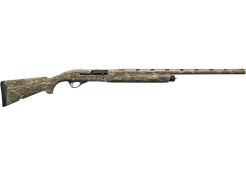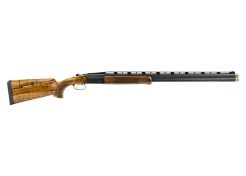Buying a shotgun
Buying a shotgun, means choosing a shotgun first. This is something many will look at with anticipation, as you should. However, we can understand that choosing a shotgun is not something to be taken lightly. The main thing is that you should choose the best tool for the job, as only then you’ll get the best results. Price will be an important factor too, we understand, but please take our advice not to let price be the main factor.
However you look at it, a shotgun is quite an investment. But if you look at function first and price second, you’ll find that the right shotgun will definitely pay dividends, even though it might be a bit dearer than you originally intended. The gun will feel good and perform well when all specifications meet your requirements. When you let price dictate above specifications, chance is that the shotgun won’t sit well with you. Some characteristics might start nagging you and results will suffer. Please don’t take the above as us trying to sell you our most expensive shotguns. Far from it, we just like our customers to be happy. Expensive doesn’t automatically mean a shotgun is better for you. But experience tells us: pick the best shotgun with the right specifications for you and after that, start taking price into consideration. It’s the only way to get the perfect shotgun and in the end, it’s the most economical way too.
What's the best type of shotgun?
Shotguns are divided into three categories. Four even, if you split the double barrels into over-and-unders and side-by-sides. An overview:
Double barrel shotgun
As mentioned, there are two types of double barrel shotguns: the side-by-side and the over-and-under. The former also known as juxtapose, the latter as superpose. As you undoubtedly have figured yourself, the side-by-side has its barrels next to each other. In the past, this was the norm, as both barrels had their own hammers to cock. But when hammerless mechanisms became more common, the need to position the barrels next to each other became obsolete. Stacking the barrels on top of each other was first complicated and expensive, but when the hammerless systems came about, the situation became quite different. Constructing an over-and-under became the easiest way to make a shotgun, bypassing numerous problems that were always challenging when constructing a side-by-side. A side-by-side, for example, needs more cast in its stock.
But it wasn’t only the simplified construction and the accompanying lower production costs that made the over-and-under such a staggering success. The concept offers many more advantages. For instance, the small profile of the stacked barrels will offer significantly less distraction for the eyes and the single sighting plane will feel more natural for your dominant eye, more intuitive. Also, your field of view will be less disturbed. Especially with a shotgun, you need to keep your focus on the moving target, which means the less disturbance for your eyes, the better. So, the matters discussed above are quite significant. Even the peripheral vision (what you see outside your focus on the outer edges of your view) will let you brain process a lot of information, which means two barrels will take away more of your attention than a single one showing. They draw the attention to them, asking for unwanted focus. The single showing barrel of an over-and-under does actually help you out a bit, as it will draw the attention of your dominant eye to the end of the barrel, making the effort of focussing on your target less hard.
Even the recoil is different. A side-by-side shotgun will recoil to both sides of the stock, urging your gun to move to the side. It will take you some time to recover your balance from that, before you can offer the follow-up shot. With an over-and-under, the recoil will go straight through the stock and not only that, it will end up lower on your shoulder too if the lower barrel is selected first, as is often the case for this very reason. The recoil is not only experienced as softer, it will also bring less disturbance, meaning a follow-up shot can be taken sooner as your balance will be less affected. As an over-and-under is often a bit weightier than a side-by-side, the conception of recoil is even more reduced by the mass inertia absorbing some of the recoil. In sport shooting, the over-and-under is the only concept used by the best, purely because the results speak for themselves. And even in hunting, the side-by-side is becoming more and more a rarity. Improved results with the over-and-under mean that many consider it more ethical to use one, if they perform better with an over-and-under than with a side-by-side.
Nevertheless, the side-by-side is definitely not extinct. The lower weight has its advantages, meaning you can start pointing during shouldering instead of sweeping to the target after shouldering. They also need less opening, making them faster to reload. If there’s a double trigger, a barrel can be selected immediately (normally, each barrel has a different choke, meaning a follow-up shot -closer or further away- can be made with the right amount of spread and density). With an alternative technique, by turning a quarter to make it easier to follow the bird’s line, even high birds can be acquired, as nowadays seems to be the trend when shooting pheasants or grouse. More often than not, the choice for a side-by-side is more aesthetical or nostalgic. Having said that, some people do shoot better with a side-by-side than with an over-and-under.
An advantage of a double barrel shotgun that’s definitely worth mentioning, is that a follow-up shot can be taken immediately. There’s no time needed for reloading, such as with a pump action shotgun. A double barrel even lets you react quicker than with a semi-auto shotgun. There’s that and also the advantage of having double chokes, which enables you to tighten or widen the shot pattern for different barrels. And you can often choose which barrel you want to use first. Most often, this is the lower one because of the perceived lower recoil and shorter recovering time before the follow-up shot. The so-called barrel selector is operable when the shotgun is opened.
And finally, a double barrel shotgun is the preferred shotgun at driven hunts. The main reason being the fact that only with this type of shotgun, everyone can see if it’s cocked or not. Which isn’t the case with semi-auto or pump action shotguns.
Semi-auto shotgun
A semi-auto shotgun is a perfect example of a single barrel shotgun. The cartridges aren’t manually pushed into the chamber, but are automatically fed from a tube/magazine underneath the barrel. Over here in the Netherlands, a semi-auto shotgun is allowed to carry 2+1 cartridges, meaning two can be held inside the magazine, while one is chambered, making a total of three. Some countries allow more cartridges to be held, but most follow the 2+1 legislation. Still, it’s that one extra cartridge that is often the main reason for buying a semi-auto. That, and the fact that most semi-auto shotguns cost significantly less than a double barrel shotgun.
A semi-auto shotgun is, because of its action, often longer than a double barrel shotgun. In weight, the two don’t actually differ that much, although a semi-auto is often (just) slightly lighter. Cartridges are ejected after every shot when a new cartridge is automatically loaded using gas pressure. As part of the gas pressure is used for the reloading system, an added bonus is that there’s less recoil. Even when the system is spring operated, part of the recoil is used in activating the spring. What it comes down to, is that in every semi-auto shotgun a part of the recoil is used in the reloading system and that’s a part of the recoil that doesn’t reach your shoulder.
It’s good to realise a semi-auto shotgun only has one choke. This means the shot pattern for a follow-up shot can’t be altered to suit. One choke, one shot pattern, one perfect distance.
Pump action shotgun
A pump action shotgun is also known as a slide action shotgun. This single barrel shotgun has -just like a semi-auto shotgun- a magazine with several cartridges. However, as it’s not a semi-auto, it’s allowed to hold more cartridges than two. Reloading a pump action shotgun is done by sliding the fore end towards you. This will eject the spent cartridge and chambers a new one.
Although reloading isn’t as fast as with a semi-auto, the main reason to opt for a pump shotgun is having more than three cartridges at your disposal. The follow-up shot won’t be as fast, but having more cartridges before having to reload has its advantages.
Which shotgun bore size do I need?
The bore size of a shotgun, also called the gauge, is measured in a different way than the calibre of a rifled gun. Where the calibre is just the internal diameter of the barrel, measured in millimetres or inches, the bore of a shotgun is a completely different cup of tea. And to make matters worse, there isn’t a specific unit for measurement too. Yet, there’s method in this madness if you know the reasoning behind it. Please let us explain.
When determining the internal diameter of a shotgun barrel, no particular units of measurement are used. Instead, a (British) pound of lead forms the base of what’s to come. One pound of lead (1 lb or 454 grams) is divided into equal parts, let’s say twelve. If these equal parts are rolled into perfect balls, you’ll end up with twelve balls with the same weight and diameter. And that diameter, that’s the bore (calibre) of the shotgun barrel. In this example, it will be a 12 bore or 12 gauge as is often said. Would you divide the lumb of lead in twenty equal balls instead of twelve, you can imagine these balls would be smaller. So, a 20 gauge will have a tighter bore than a 12 gauge.
With 12 gauge and 20 gauge, we’ve covered the two most used calibres. The 12 gauge is by far the most used calibre, while 20 gauge is still available, but not used very often. A 20-gauge shotgun is usually a bit lighter and produces less recoil. However, the shot pattern will be more compact too. Some will opt for an inbetweener with a 16-gauge shotgun, but these are barely available and same goes for the cartridges. You will have by far the greatest choice in guns and ammunition when you buy a 12-gauge shotgun. A 12 gauge will let you do everything without compromises, hence its popularity.
A special mention for those searching for a 10-gauge shotgun or an 8-gauge shotgun: these calibres are obsolete and were in use when shotguns were long, heavy and used black powder. When way more powerful smokeless powder came along, the need for heavy lead shot diminished. Smaller lead shot would do the same job as the new powder would give the shot significantly more speed, increasing its impact. The shotguns became shorter and lighter too.
Okay, back to the 12-gauge shotgun and the reason why it became the norm: it can do anything and there are countless options for finetuning. By using chokes, you can tighten up the diameter of the barrel at the muzzle, with which the shot pattern tightens too. You can vary the diameter of the shot (the shot number, for example #3 or #9) and the amount of shot can be varied too.
A 12-70-4 30 grams shotgun cartridge, for example, is a gauge 12 cartridge with a length of 70 mm. It’s filled with 30 grams of shot in size #4. The longer a cartridge is, the more shot it can hold, but also the larger the powder load will be. These are what we call magnum cartridges. They have more reach and on shorter distances the impact will be greater.
It’s important to know that the length of the cartridge must correspond with the length of the chamber. Lengths vary from 65 up to 89 mm, but the ones most used are 70 mm and 76 mm. The latter is the most powerful one of these two, producing more recoil too. A 70 mm cartridge can be used in a 76 mm chamber when needs must, but a 76 mm cartridge shouldn’t be used in a 70 mm chamber. The cartridge won’t be able to fully open, resulting in a build-up of pressure inside the chamber. This can damage the shotgun (or the shooter).
Steel or lead in your shotgun?
Well, it’s a choice that nowadays is often already made for you. In many places, lead shot is forbidden, which means you have to use steel, tungsten or bismuth shot. Steel is significantly harder than lead, which means it will create more wear on your barrel. That’s why modern shotguns feature a fleur-de-lis stamp, meaning the barrel is harder and can withstand the extra abrasive impact that steel has on it.
If you’re using an old shotgun with a ‘soft’ barrel, then you might want to consider using bismuth shot. Bismuth is as soft as lead, but weighs quite a bit less. Its weight sits between steel and lead. Another option is tungsten, which is harder than lead, meaning it will be a bit more abrasive. But it’s softer than steel and weighs even more than lead (more reach, more impact).
Bismuth and definitely tungsten are both significantly pricier than steel, and that often makes it attractive to opt for a modern, steel-proof shotgun. Another reason to go for a modern shotgun, is the fact that it becomes harder to find shot cartridges for obsolete chamber sizes.
Which length for a shotgun barrel?
When choosing the barrel length, there are some things to take into consideration. It’s good to know that a longer barrel, will offer a longer sight radius and -in theory- a tighter shot pattern and a slightly higher build-up of pressure. Especially the former is the reason that sporting shotguns for clays often have long barrels, 810 mm (32”) being no exception. However, in hunting the norm is usually 710 mm (28”) and 760 mm (29”). And there’s a good reason for that: the longer the barrel, the heavier the shotgun will be. And weight really is an important factor when hunting. Freedom of movement is another. When shooting from a cover or from inside a car, logically you wouldn’t want a long barrel restricting your movement. And also in undergrowth, a long barrel can hinder you.
Then there’s balance, another important factor. A short barrel will sweep easier towards the target than a longer barrel will. But the longer barrel have a steadier swing, albeit being a bit slower, due to its extra weight. Choosing a barrel length, is always a compromise between accuracy and manoeuvrability. A long barrel with a long sight radius will offer improved accuracy, but your movements will be slower. A short barrel will let you ‘point’ instead of ‘sweep’, but its stability will be less. You can think long and hard about theoretics, but in the end it’s very much your shooting style that will tip the balance one way or the other. Quite literally too, as it’s the balance that suits you most, that will give you the best results.
For hunting, a 760 mm barrel is the most popular choice. It’s a good compromise between the handling and low weight of a short barrel and the accuracy and long distance shot pattern of a long barrel. The extra length of, for example, an 810 mm barrel is only needed for very long distances. Such shotguns are almost exclusively used in shooting sports such as skeet, trap and sporting clays (pigeon). However, some hunters do use them in static hunting, such as with high driven birds. For geese, the distance advantage diminishes, as the impact wouldn’t be effective at longer ranges.
Which choke should you use in a shotgun?
As soon as the shot has left the barrel, it will spread, covering an increasing surface. Spreading is the whole point of using shot instead of a bullet, as you need a cloud of pellets to hit a moving target. Yet, there’s a precarious balance between spread and density. The bigger the spread, the further apart the shot pellets will be. This means the shot pattern becomes less dense when the distance increases and the pellets spread more, leaving increasingly bigger holes without any pellets in the pattern.
In other words: the cloud of pellets becomes bigger, theoretically increasing your chances to hit the target. But since the pellets will be further away from each other, the chance to barely hit or actually completely miss the target also increases. To increase the density of the shot at longer distances, the spread needs to be reduced. And keeping the pellets closer to each other is done with a choke. This is a narrowing at the end of the barrel and the further away the target is, the narrower the choke should be.
Chokes are available in different diameters. There’s a large variety of chokes, but to keep things simple, we’ll use the five most used chokes as an example to explain the workings. But please continue to read a bit further after that, as the following will be a general example. It won’t be applicable for all situations. In the explanation below, we’re using a 12-bore cartridge for a 70 mm chamber with 28-32 grams of shot #4 or #5.
- True cylinder | American: Cylinder
This choke is straight and has the same diameter as the bore of the barrel. At a distance of 40 yards, 30 to 40% of the pellets will be within a circle of 30 inch. Effective between 0 and 20 yards.
- Quarter (¼) | American: Improved
This choke tightens op a little, say a quarter millimetre. At a distance of 40 yards, approximately 55% of the pellets will be within a circle of 30 inch. Effective between 15 and 30 yards.
- Half (½) | American: Modified
This choke tightens up halfway, say half a millimetre. At a distance of 40 yards, approximately 60% of the pellets will be within a circle of 30 inch. Effective between 25 and 45 yards.
- Three-quarters (¾) | American: Improved Modified
This choke is for longer distances and tightens up quite a bit, say three-quarters of a millimetre. At a distance of 40 yards, approximately 65% of the pellets will be within a circle of 30 inch. Effective between 30 and 50 yards.
- Full | American: Full
This choke tightens up fully, say a millimetre. At a distance of 40 yards, approximately 70 to 75% of the pellets will be within a circle of 30 inch. Effective over 40 yards.
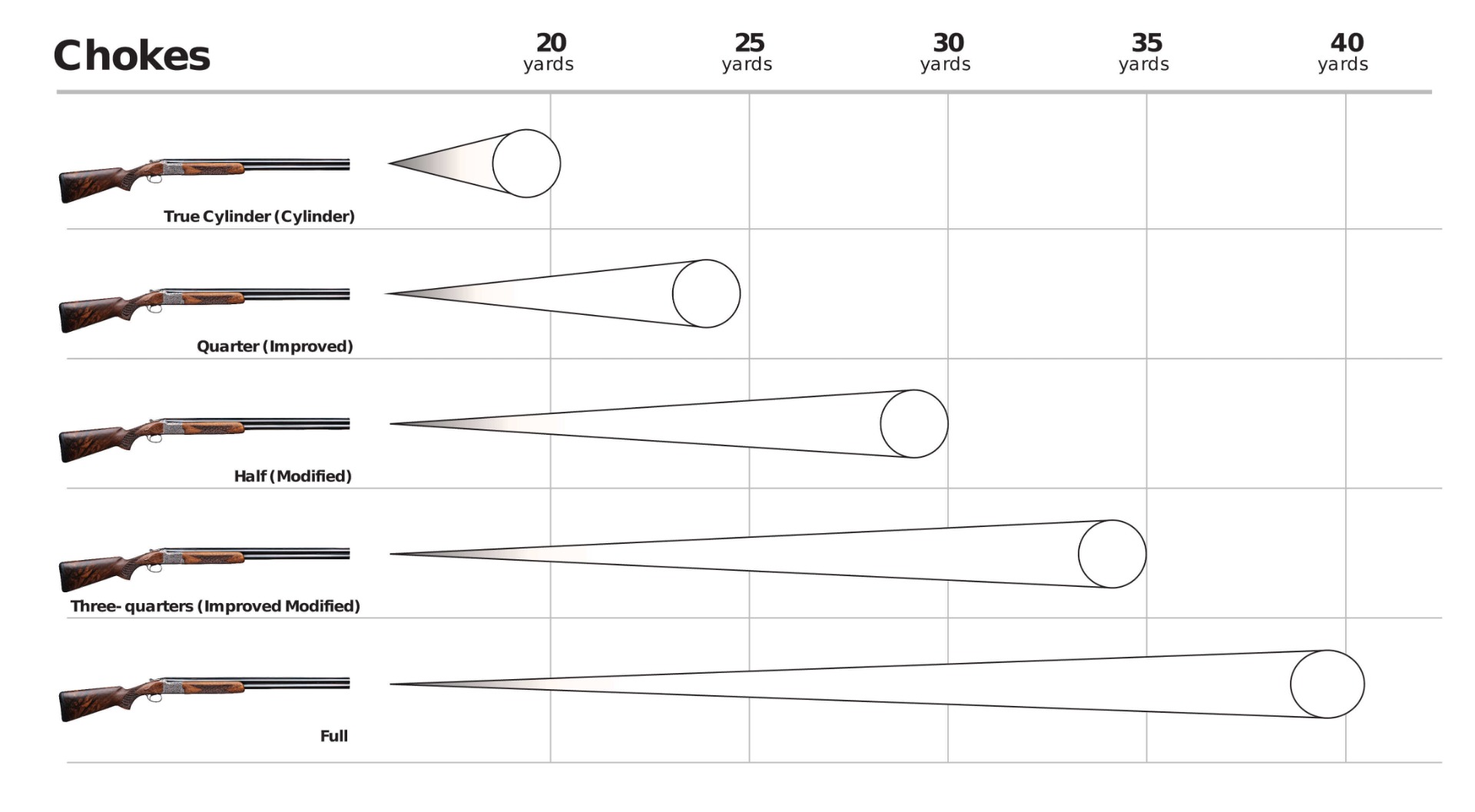

Please note, the numbers stated above are an average. Are you using more powerful cartridges or longer cartridges with a bigger load or a different shot size, the numbers could differ significantly. So that’s the general disclaimer out of the way, but please continue to read, as we’ll be talking about steel shot in a bit, which has different characteristics altogether. But before we’ll delve into that, we’ll give you a general insight in choke markings. A choke is always marked as an indication to its size. These markings differ between manufacturers. One will use colours, while the other uses stars, notches, letters, et cetera. Listing them all would be undoable, but below you’ll find the most common ones as an example:
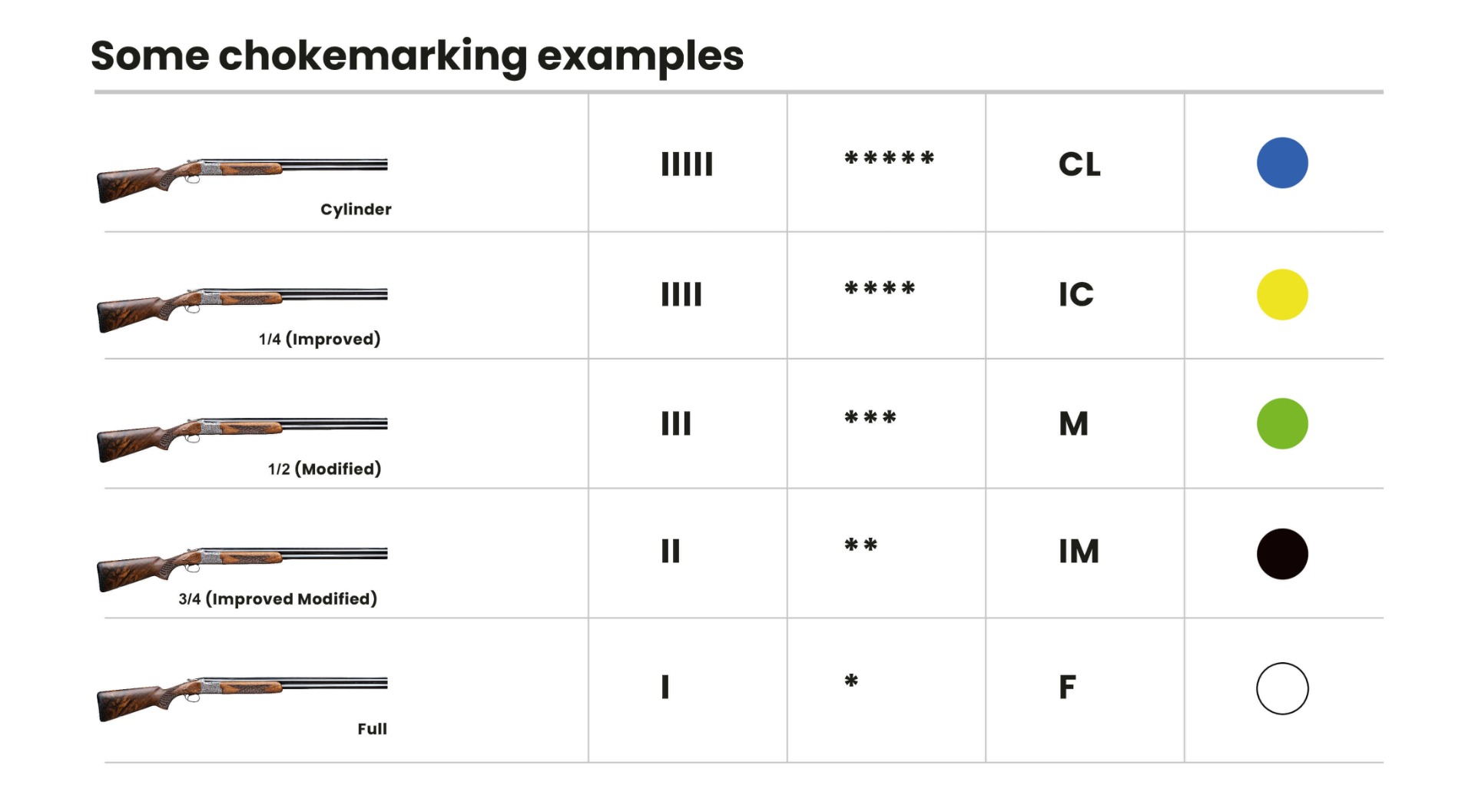

When choosing a choke, it is -as said before- important to know there is a great difference between lead and steel. Steel doesn’t deform, making for tighter shot patterns than lead, as the most deformed lead pellets will quickly stray from the shot trajectory. So, steel doesn’t spread as fast as lead, making for a denser pattern. It’s for this reason, that you use a bigger choke in comparable situations than you would with lead. Let’s say you use a ¾ choke when using lead. If you have a comparable cartridge with steel, then a ½ choke or even a ¼ choke will suffice.
As steel shot doesn’t really deform, theoretically it could become stuck in a tight choke. Especially as -to compensate the lower specific weight- steel shot size is often one or two sizes bigger than the comparable pellets lead. For instance, #3 instead of #5. So, again, in theory steel could get stuck in a choke that’s too tight. But it’s nothing that we’ve ever seen ourselves. Having said that, even if the steel shot doesn’t get stuck, the pressure can build up so high, that it exceeds the proof of the barrel. The irreversible damage that then will occur, shall often be near the chamber. The shotgun can crack open there.
The common rule for steel is that you go back at least one size compared to lead. But… lots of new shotguns have chokes that are optimised for steel. A full choke for steel could then have a size that comparable to a traditional ¾ or even a ½ choke. Because of this and because choke sizes differ between manufacturers, we highly recommend to empirically research which spread and density your shotgun has on given distances with your preferred cartridge. This can easily be done at a shooting range, using large paper targets at multiple distances. These’ll show you the spread and density, as well as the shot pattern.
One last word on chokes: you’ve got them as extended and flush versions. Extended chokes are a bit longer and will stick out from the barrel a bit. Their gradual increase in diameter will damage the pellets less, providing for a slightly better accuracy. They also protect the muzzle against damage. A flush choke is often chosen for aesthetic reasons, but there’s something to be said for having a flush muzzle with nothing sticking out that could distract the eye.
What is the best sporting shotgun?
Besides hunting, shotguns are also used in sport shooting. There are multiple disciplines, such as skeet, trap and sporting clays, but to keep things simple, we’ll refer to that as shooting clays. And to be honest, there isn’t much difference between shotguns for hunting and for shooting clays. It’s all about nuances and that’s why hunting and shooting clays is often done with the same shotguns.
Having said that, there are shotguns that are specifically designed for sport shooting. Often, these feature a pretty long barrel, as the long sight radius makes for enhanced accuracy. To get the idea, compare the short sight radius of a pistol with the long sight radius of a rifle, and you’ll understand that a longer sight radius offers a more accurate and stable aim. And besides a longer barrel, clay shooting guns often have higher and vented ribs. A vented rib isn’t preferred for hunting, as debris can get stuck into the slots, but it’s very useful for sport shooting where the greater number of shots in a short time will heat up the barrels. Using a vented rib will get rid of the heat sooner and prevents mirage. That’s your view getting blurry by hot air waves, as you might have seen above the tarmac on a hot summer’s day. Venting slots also prevent soldered ribs from distorting and coming off when the heat rises so much that the solder softens.
Although shotguns for shooting clays are getting lighter nowadays, they tend to be heavier than hunting shotguns. For hunting, weight is an important factor, as you have to carry your shotgun with you all day, so many prefer their shotgun to be as light as possible. When shooting clays, this isn’t really an issue. And as the guns usually have longer barrels and vented ribs, they tend to be heavier anyway. And for sport shooting, this isn’t necessarily a bad thing. In fact, the shotgun will have a better balance and gain stability in your aim. And the extra weight also absorbs more recoil, which -given the number of shots on a clay shooting day, compared to a hunting day- is definitely an important feature.
The features mentioned above mostly are for specific sporting shotguns. In real life however, we see all types of shotguns mixed up with hunting guns often being used for clays and sometimes sporting guns being used for hunting. Of course, there are the small differences between the two, but in the end it’s all about the shotgun fitting you and your needs best. Do you prefer hunting with a sporting gun? Go for it! There’s only one thing important and that’s hitting what you aim for to the best of your abilities. The same goes for shooting clays with your hunting gun. That’s why we don’t really divide our shotguns in hunting/sporting. They’re all just shotguns with their own characteristics and specifications. Designating them for hunting or sport is mainly a personal choice.
Buying a shotgun
Our assortment consists of all well-known brands, and we’ve got a huge variety of models. And that’s how it should be, as every hunter and sport shooter should be able to find the perfect shotgun in our store. Yet, if a stock gun is nearly perfect, but not perfect enough, please note that our expert gunsmiths can shorten or lengthen stocks or bend them in every direction (left, right, higher, lower). Even checkering of the stock is possible, as our gunsmiths are traditionally trained.
Besides new shotguns, we’ve got a large stock of used shotguns too. All shotguns that are traded in, are checked in our workshop and receive a full service. And, of course, these shotguns can also be customised to suit your preferences. If you have any questions at all about our shotguns -new or used- please feel free to contact our customer service. They’re all experts who will take plenty of time to thoroughly listen and provide you with sound advice.







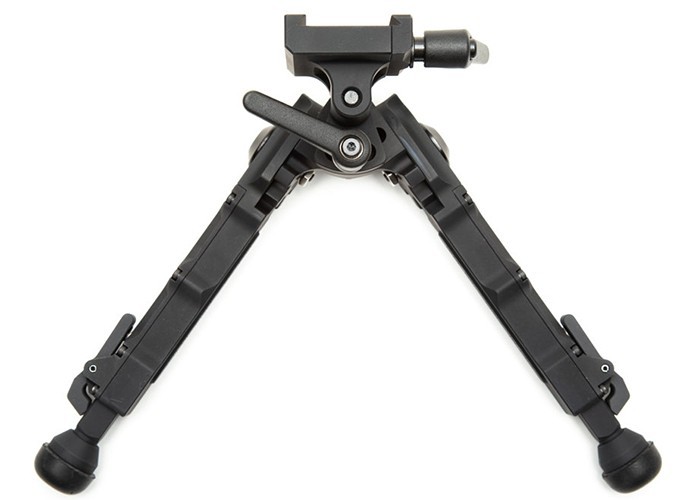
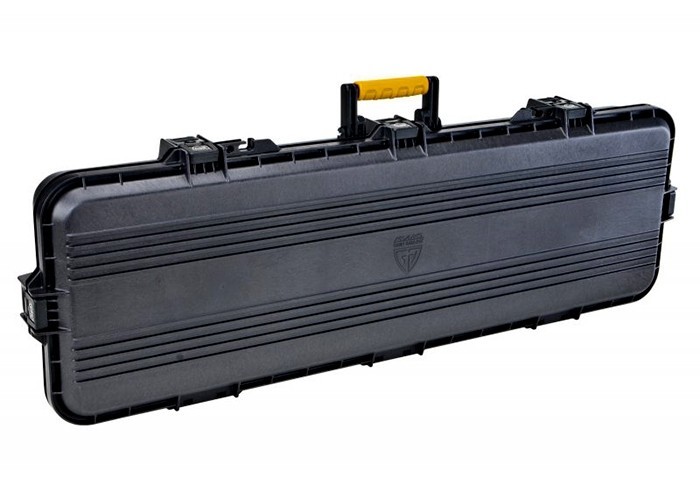
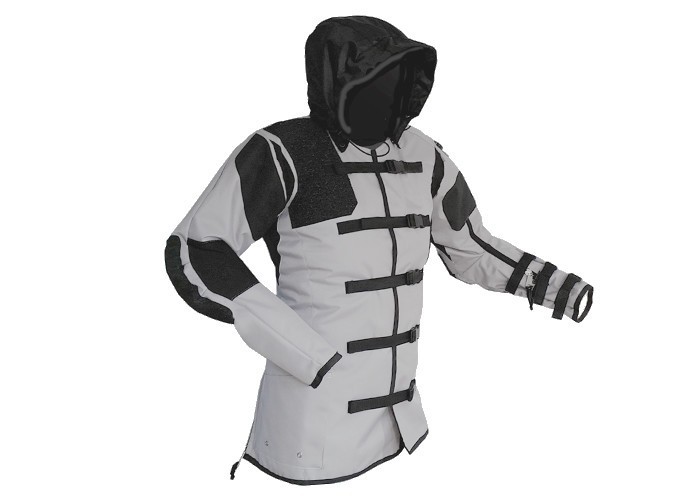
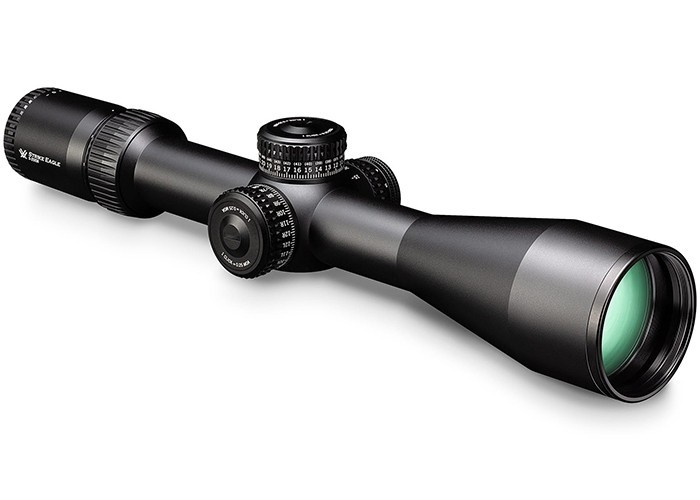
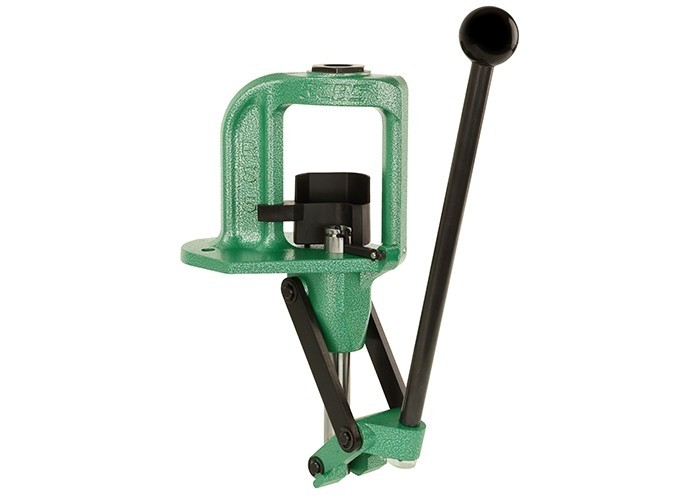
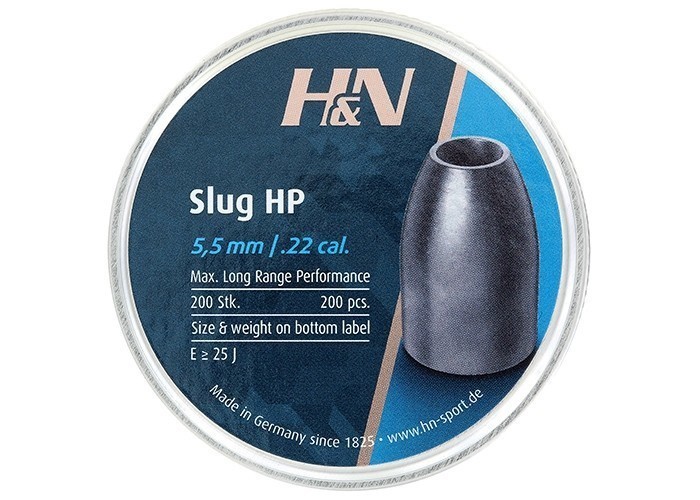
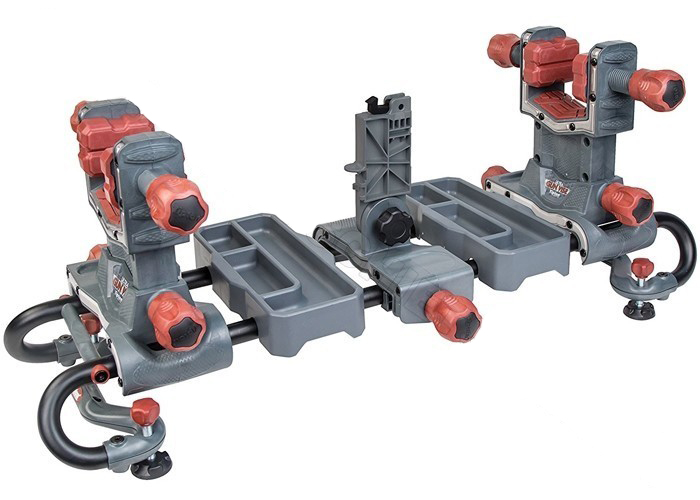
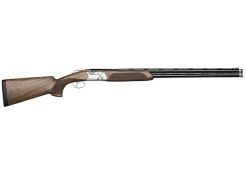

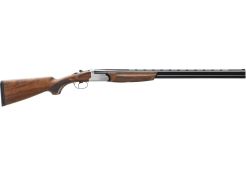

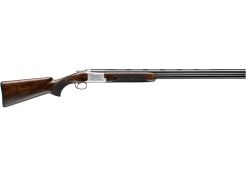
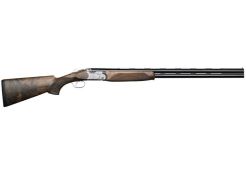
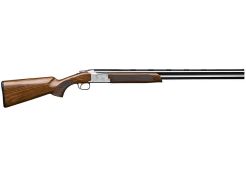
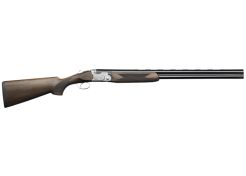
 Fast & secure delivery
Fast & secure delivery Secure shopping & payment
Secure shopping & payment Lots of expertise
Lots of expertise